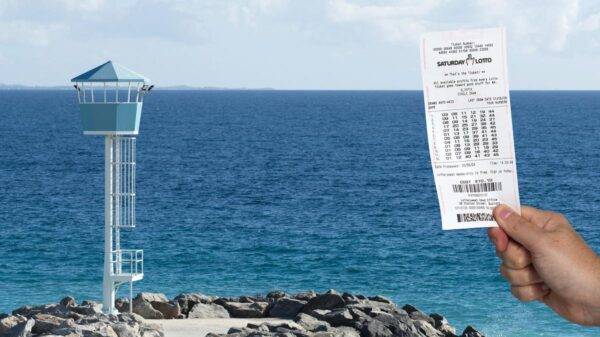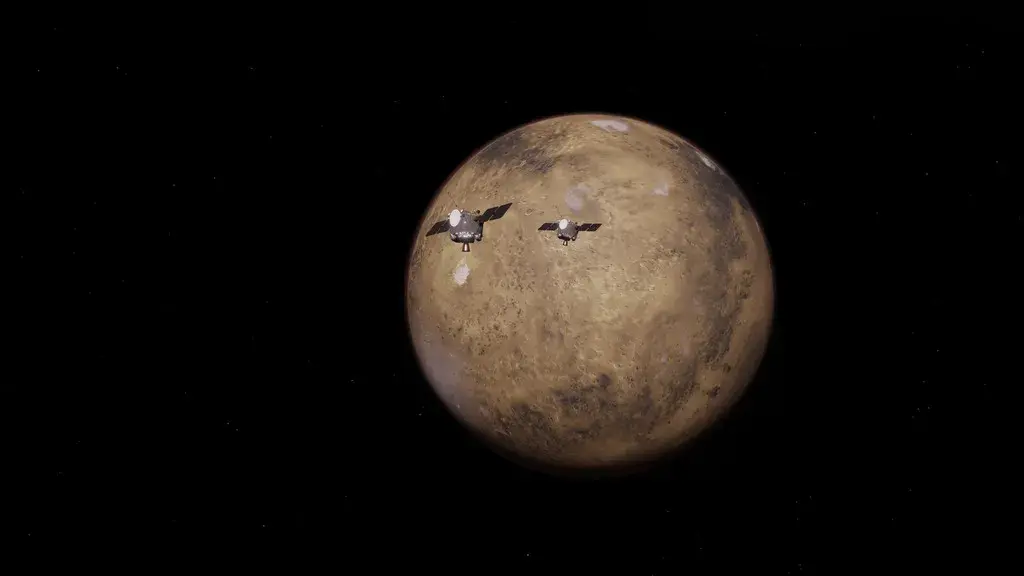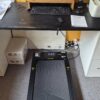NASA is set to launch two robotic spacecraft to Mars on November 9, 2025, using an innovative trajectory that departs from traditional methods. This mission, known as Escapade, aims to explore Mars’ atmosphere and magnetic fields while testing a new approach to interplanetary travel. Instead of the conventional route that relies on a narrow launch window every two years, the spacecraft will first travel to a stable point between Earth and the sun before heading to Mars.
The two spacecraft, dubbed Blue and Gold, will take approximately 22 months to reach Mars. After adjusting their orbits for nine months, they are expected to begin their primary science mission in June 2028. This new trajectory was necessitated by previous launch delays, and it could pave the way for future human missions that require multiple spacecraft to launch over extended periods.
Mission Overview and Objectives
The Escapade mission, which stands for Escape and Plasma Acceleration and Dynamics Explorers, is NASA’s first planetary mission led by the University of California, Berkeley. The university designed the scientific instruments and will operate the spacecraft from its control center. Rocket Lab, a commercial aerospace manufacturer, constructed the spacecraft for a budget of $57 million, a significant reduction compared to traditional NASA missions, which can run into the billions.
With a total mission budget of $80 million, Escapade represents a departure from legacy aerospace contracts. According to Rob Lillis, the mission’s principal investigator, some major contractors declined to participate due to the strict cost constraints, stating they could not build two spacecraft within the $57 million cap. This challenge has led to a more efficient and innovative approach to space exploration.
The primary scientific objectives of Escapade include mapping Mars’ magnetic fields and upper atmosphere. Scientists seek to understand how solar radiation strips away the planet’s atmosphere, which has drastically changed from a potentially habitable environment to the arid desert seen today. The data collected will help researchers forecast solar storms that could pose risks to future astronauts on Mars.
Technical Details and Collaboration
Once in orbit, Blue and Gold will follow nearly identical paths around Mars, allowing scientists to observe changes in the planet’s upper atmosphere in real time. This formation flying will enable a stereo view of Mars’ space environment, crucial for understanding how particles escape into space.
Accurate models of Mars’ ionosphere will also assist engineers in developing better navigation and communication systems for human missions, as radio signals would need to pass through this layer. The mission’s approach to studying solar wind interactions with the Martian atmosphere is particularly valuable, as past orbiters have faced limitations in measuring the immediate effects of solar storms.
As the Escapade spacecraft embark on their journey, they will not only contribute to scientific knowledge but also set a precedent for how NASA and the commercial space industry can collaborate on future interplanetary missions. By demonstrating a cost-effective and innovative approach, Escapade may influence how future missions are planned and executed, enhancing humanity’s understanding of Mars and paving the way for potential human exploration.


































































